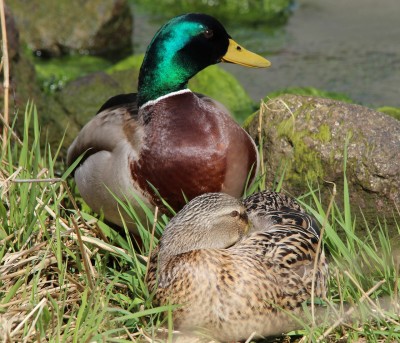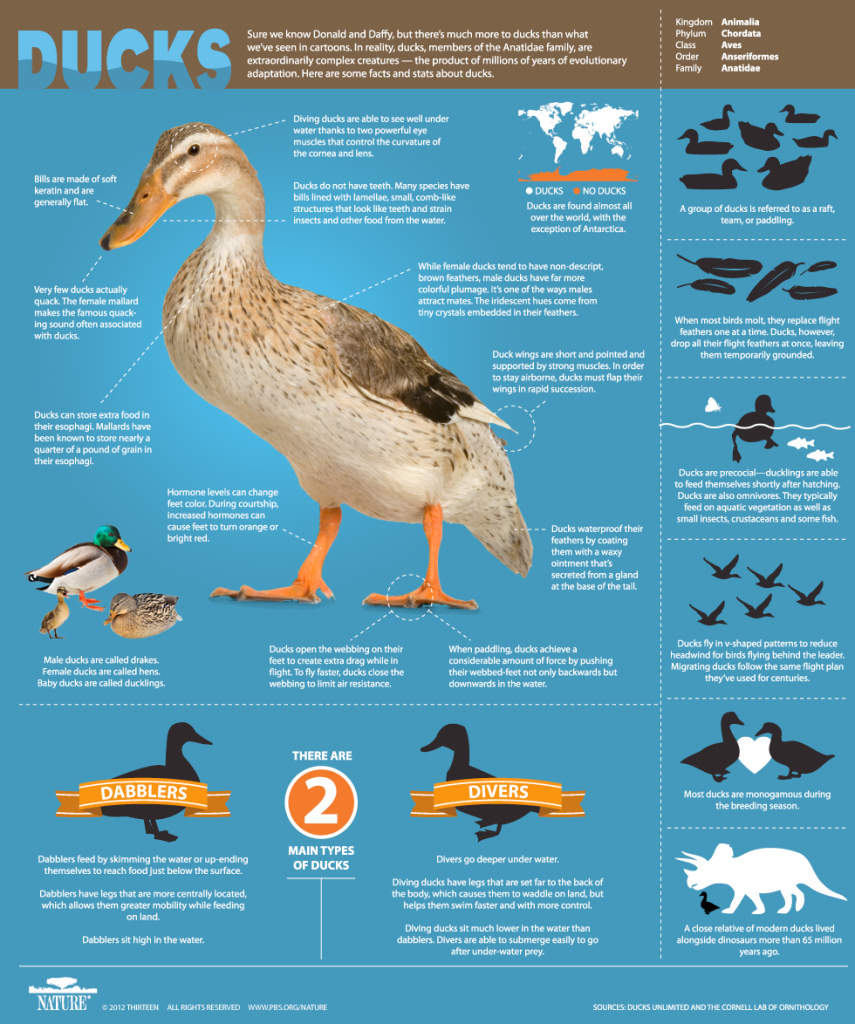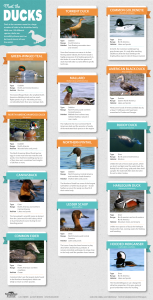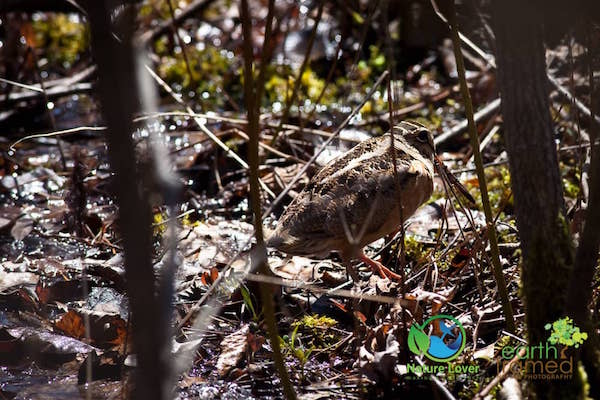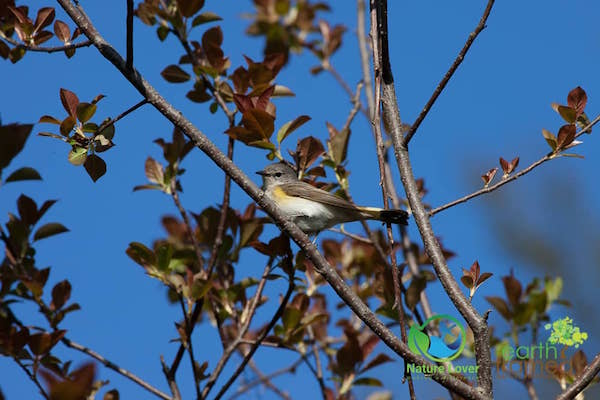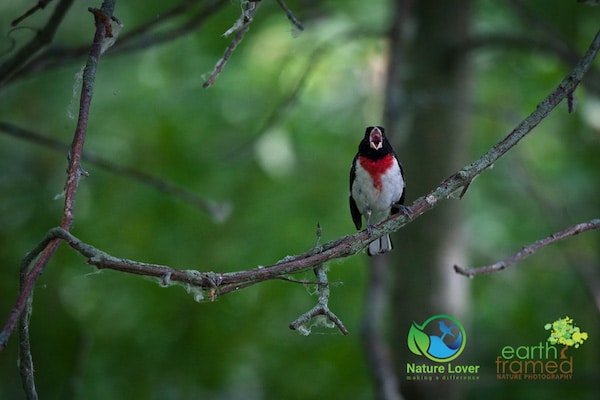You’ve probably seen a lot of ducks in parks, in water and flying in the air. Canada has an abundance of all types of ducks but the most common is probably the mallard. The male mallard, called a drake, is easily identified by its bright green head and yellow bill. The female hen is mottled brown and similar in size. These ducks are highly adaptable, which is why you see them in city parks, waterfronts and other urban areas.
Even though mallards have learned to live in urban areas, we have to remember that they are still wild animals and they need to be respected and left alone. This is especially true when they are sitting on their nests with their eggs or their ducklings. In the video below you’ll see just how adaptable these ducks are. This hen had her ducklings and continues to nest near a bathroom of a golf course. You can see six ducklings and several eggs that are still waiting to hatch. Her distinctive blue wing patch, which the drake and hen both have, is easily seen.
As wonderful as it is to see videos of animals up-close, this mother is hissing and flaring her tail feathers as a warning and because she is distressed at how close this human is to her ducklings. Please keep an appropriate distance away from any animal with babies, both for their sake and, sometimes, for yours (or your children’s).
This would be an excellent time to teach children to respect nature and wildlife by observing from a distance and keeping quiet.
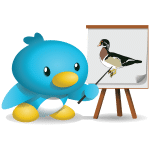 Duck Facts:
Duck Facts:
[two_third_last]
[/two_third_last]
Below are some ducks you might see in Canada (not including the Torrent which is a South American duck).


